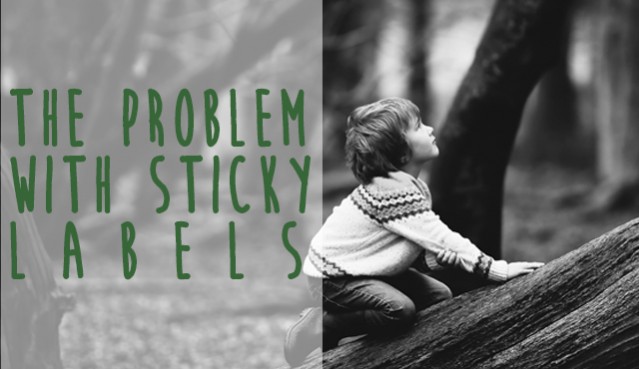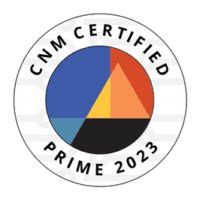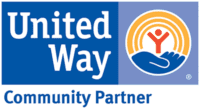
It surprises me how often I have conversations with new educators where the underlying context is equity. I remember leaving my own ‘teacher training’, feeling ready to go – intent on empowering all the students who had not yet learned they had a voice. I was going to make a difference. My ego is big enough to think that most teachers must feel the same way as they start their career.
The truth is they do. So what happens along the way?
I started down this worldly reflection again as I was working with some strong young teachers as they were planning a student trip to the Texas Outdoor Education Center. I asked them about the number of students they were bringing with them – their answer: “Well, we only want to bring the honors kids. They can handle it.”
This made me stop and think.
One can’t fault them for their opinion. There has been an ever increasing ‘need’ for classification (aka, sticky labeling) of students’ academic achievement possibility. It’s the mindset that kids need to be separated by ‘how smart they are’ and ‘how much potential they have’ (we can see these with classes labeled ‘honors’, ‘pre-AP’, ‘AP’, ‘GT’ and so on). From a young age, some children are pulled out into ‘gifted and talented classes’, and given special field trips and opportunities. This tells the other children, what? That they are ‘ordinary and regular’?
This push for separating children comes even after two different studies showed that grouping by a student’s ability did not help, but harmed them.
However, we see increased labels of “on-level”, “regular”, and “basic.” These courses are delivered with content which has little expectation of advanced or critical thinking. This is the trap my conversation buddies walked into. If you had the choice of two courses with the same content but the level of processing experienced is different, would you be clamoring to attend a course called ‘on-level science’. The name itself promises steady with no peaks or valleys.
Now look at the situation from the kids point of view? If we read the name ‘on-level science’ and want to go to sleep, why would we believe a kid we be uber engaged in it? In 2014, Kristi Cooper published a highly regarded mixed-engagement study to see what worked best for kids, Eliciting Engagement in the High School Classroom, A Mixed-Methods Examination of Teaching Practices.
Some of her top ‘must have’s’ for student engagement:
- high level of rigor,
- connective instruction and
- lively teaching.
So why would we not give the most impactful, real world teaching moments to some of our students yet provide it so readily to others? The “others”, who are selected for classes with names like: “honors”, “advanced placement”, and “gifted and talented”, are already experiencing more rigor and more content. Logically, wouldn’t we want to expand the use of the best strategies to help close achievement gaps or just simply try and engage every student in learning?
I couldn’t help but chime in with what I have learned from working with students in the classes defined with sticky labels. If a student didn’t engage in how the information was presented the first time, the second, or the third, he or she never will. You need to try something new, and it’s the educators job to figure out a way to do this. Maybe the environment isn’t right. Maybe the concept is too abstract. Maybe the project output is too narrowly defined. Whatever the reason, it needs to be fixed before they completely disengage. This is why I told these young teachers that, more often than not, the struggling students flourish in the outdoor classroom.
I was asked – How so?
“Think about it,” I said. “You are allowing the student to engage in the content and connect in a way that makes sense to them. There are fewer boundaries. They can’t help but be engaged in a classroom where everyone is the visitor.”
I can’t say that my little talk changed how the student trip was booked, but it’s not the educators’ fault. Unfortunately, it’s a systematic mind set.
But how do we change this mind set?
Well, for starters, we can look at Oregon. Sure, the western state has been chuckled at for its open-mindedness at times, but look what that open-mindedness has yielded – for example, a recently passed measure providing outdoor school for all students in its state. That’s right. Ballot Measure 99 provides access to all, not just those with honors courses, to attend a week long outdoor program in the fifth or sixth grade. Think of the high level of rigor, connective instruction and lively teaching that must take place in an outdoor classroom. From habitat trails to outdoor cooking, students have to be engaged – the environment demands it. Oh, and the students are outdoors. That means outside in the elements, which has a possibility of active movement, and could lead to active learning. Oregon doesn’t seem so funny after all, and instead, a leader for engaging classroom instruction.
What if our students had this opportunity? What would that do to those sticky labels?
Christina Middlebrook is the Vice President for the council’s Outdoor Division at Camp Fire First Texas. She has extensive experience with classroom teaching, environmental stewardship and out-of-school time programming. Christina holds a Master of Arts in science education and several certifications including an Educational Leadership Certification from Harvard, a Nonprofit Management Certification from University of Texas- Austin, two teaching certificates and a Professional Development and Appraisal Systems Certificate from TEA.






